In this weeks Interview, Collective Owner Samuel Fradley speaks to photographer Felicity McCabe.
Hi Felicity, it’s great to be able to speak to you as part of women’s month on the Collective. I hope that this interview will not only inspire female photographers and artists, but begin to tackle the issues that women face, not only in art, but in wider society. Let’s begin with the standard art spiel, please tell us a bit about yourself and your background as a photographer?
Hi Sam, thanks for inviting me to chat. I’m a photographer and artist who works on personal projects as well as taking commissions and assignments. Most of my work is still, but I also dip into stop motion and moving image.
The main thread that holds my work together is that I like to construct the worlds that I photograph from scratch. I like to create or mould the atmosphere with lighting and I most often use studio backgrounds or build sets for the sitters or objects to appear in. I’ve been exhibited both in Europe and the USA, and have worked for numerous clients including Cadburys, Save the Children, Volvo, Wallpaper* and Wired.
Do you make a living solely from your photography?
Yes, I do. I take commissions from advertising and editorial clients and I also sell edition prints.
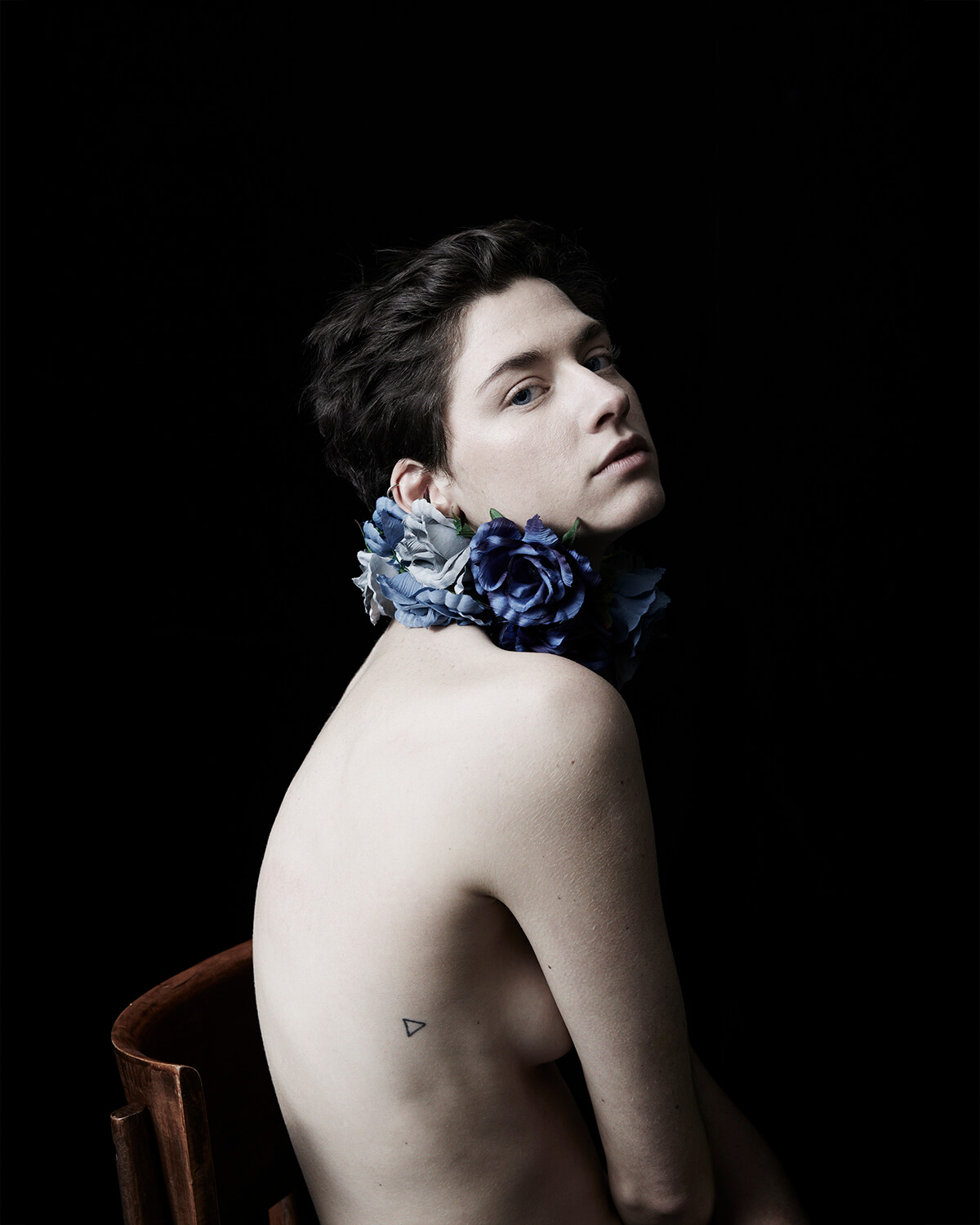
What steps did you take to get consistent work and how do you seek out/get new commissions?
I have an agent who I work closely with on building the commercial client list. We work together on my portfolio and she manages my relationship with advertising clients. She’s great to talk through ideas with and really understands the role of an artist’s personal work in gaining commercial projects. I think that’s a really important quality to have in an agent, that they see your work as a whole, rather than separating your personal and paid work. If you start making a separation, I believe you end up being commissioned for jobs that don’t inspire you which is a downward spiral to misery town. The work that is in your folio is the work that you’ll get hired for (hopefully), so no point in showing around a folio of work that makes your heart sink just because you think it might lead to more paid work.
With editorial jobs, they usually liaise directly with me, unless it’s a large-scale production which I need extra help with and then my agent will get involved to oversee production.
There are loads of different ways those jobs might arise, most often they’re repeat clients who I’ve built up a relationship with and who know what they can expect from me. Sometimes those photo editors or designers then move to another publication which opens up a new door, and sometimes you get a call or email out of the blue from someone who’s seen your Instagram profile or saw something else you did for another magazine which is a lovely feeling. And then other times, I’ll be really keen to try and work for a particular title because I really like the kind of stuff that they do, and in those cases I might try and send the photo editor some of my work to see, or try and see if I can schedule an opportunity to visit them with my folio in the hope that they like what I do and can imagine a use for me.
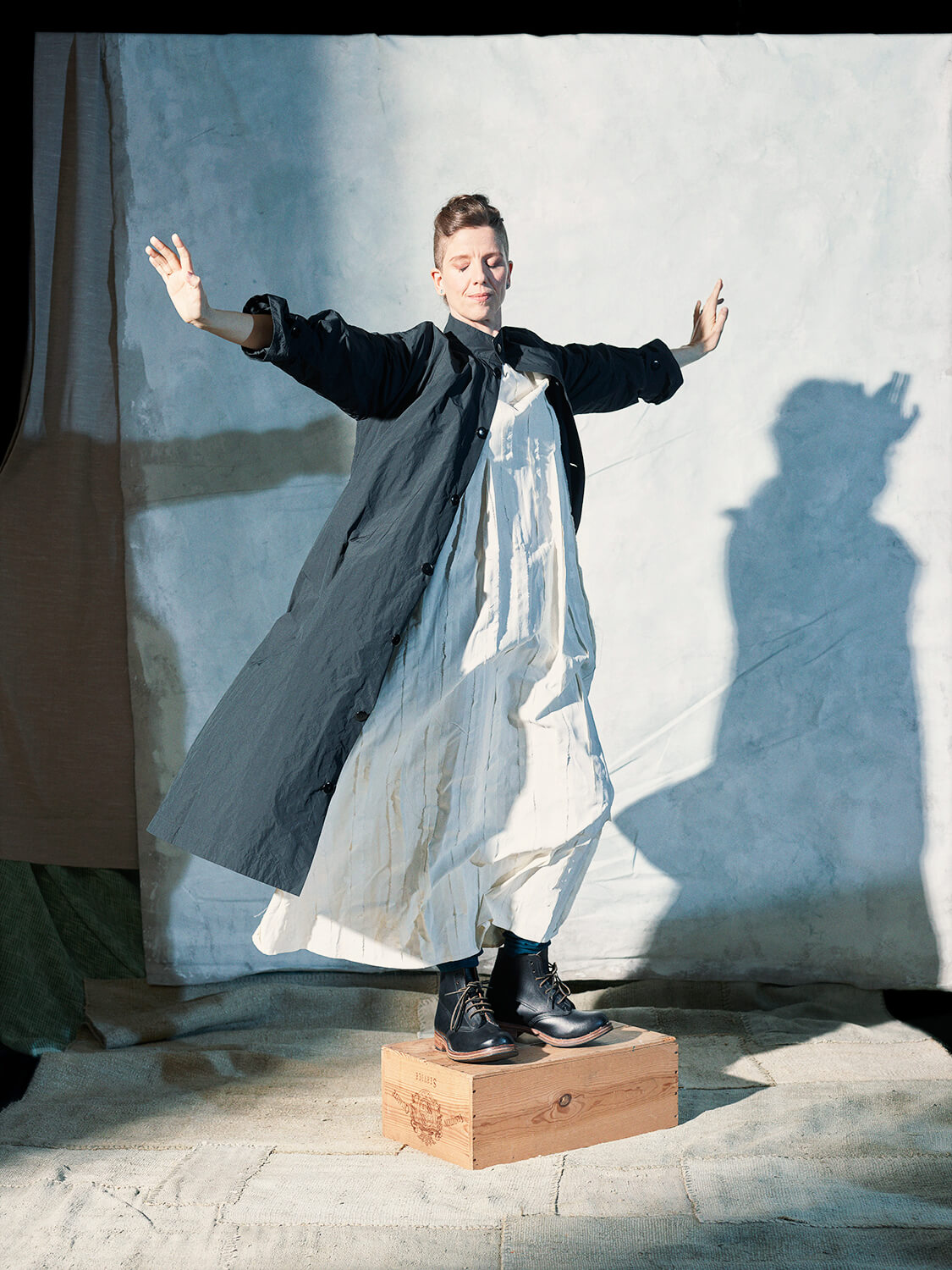
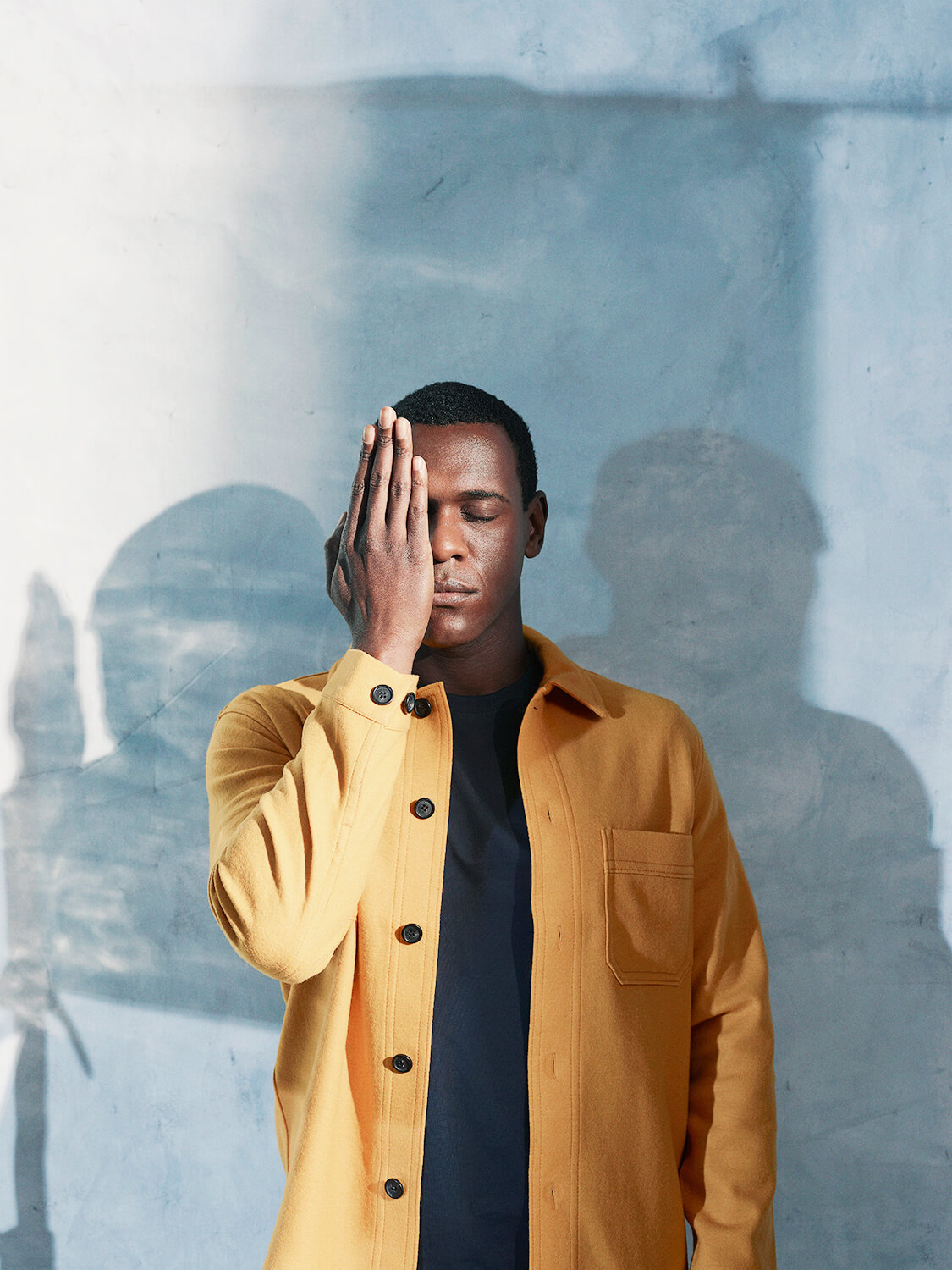
On social media and in the photography world, there are conversations and arguments regarding women and representation within the photography industry, particularly the notions that women are not equally represented in comparison to their male counterparts, what do you make of this?
There is no doubt that women are still underrepresented in photography. A piece of research published in 2016 by Anna Fox, professor of photography at the University for the Creative Arts Farnham, showed that under 5% of published and collected photographs were taken by women.
In 2019, the New York Times quoted a study that showed that during 2017, the ten leading US fashion publications (including Vogue, W and Harper’s Bazaar) only used female photographers to shoot the cover photography just over 10% of the time. Data from major advertising photography publications and awards organisations (PDN, Clio and Lurzer’s Archive) recorded that male photographers made up between 89 and 97 percent of those in advertising categories between 2013 and 2017.
The same New York Times article also quotes that about 75% of photography students around the world are women, but only about 15% manage to turn their skills into a career.
In my opinion, you need to see it to be it. More representation of women in photography will inspire more female photography students to carry on their path to a full career in the industry and not to divert into different roles and fields.
Have I been passed over for jobs and opportunities because of my gender? I couldn’t tell you for sure, but I suspect so on a couple of occasions. But, to counter that, I do think that being a woman in photography gives me a certain edge on my male counterparts in terms of access to more some of the more sensitive stories within portraiture projects that I’ve had the honour to work on. I think as a woman, it can be easier to navigate certain situations than our male peers. So, it’s not all bad.
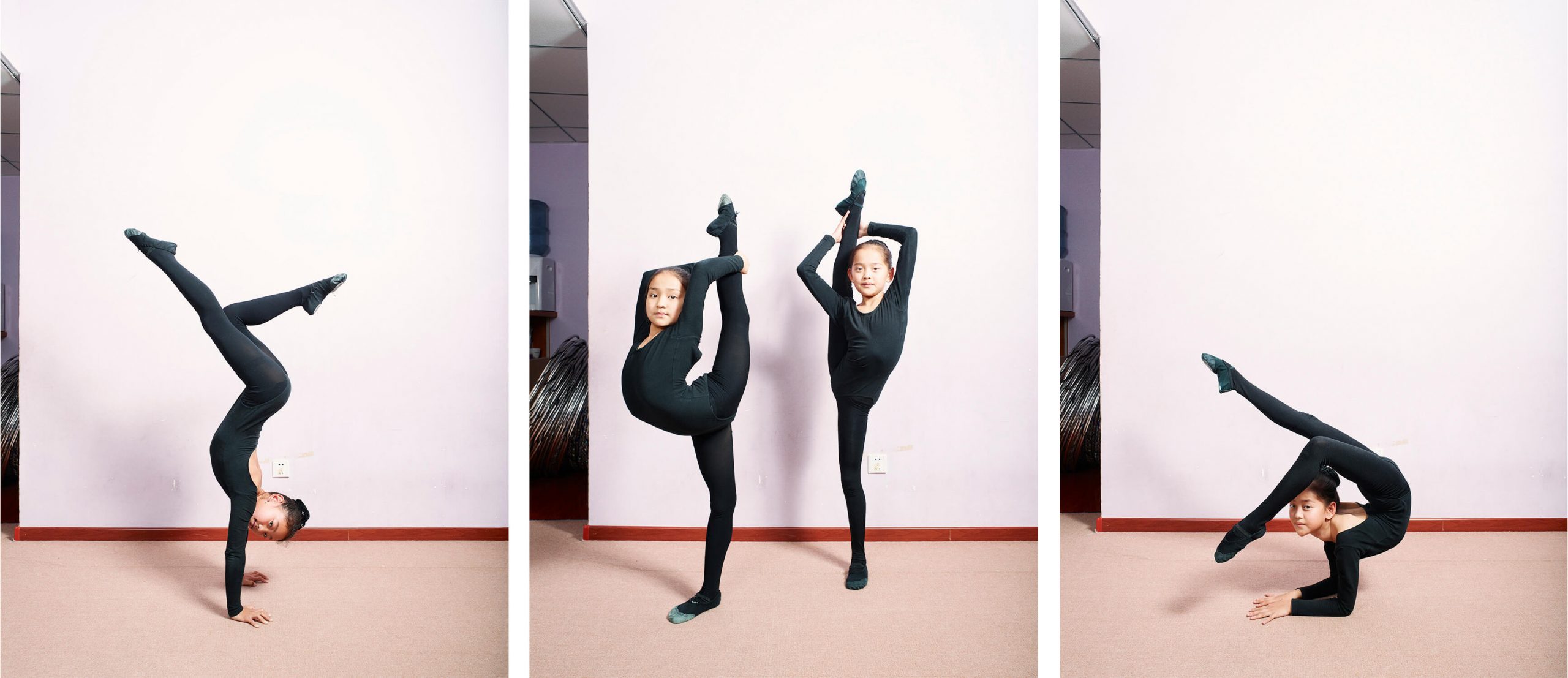
That certainly sounds like a very proactive method of seeking work, in theory, your personal and commission based work is essentially the same thing. Do you think that still having a physical Portfolio is the best option when showing clients work? How is your portfolio laid out? There are some people who say its outdated or not necessary in the modern day. At university, we were told about it, but never shown what a good portfolio looks like, or how it is supposed to look.
I think you do have to be quite proactive if you want to make a living from photography. There’s probably a thousand other great photographers in London alone that could do the job so you have to make yourself stand out somehow.
Yes, I would say a physical portfolio is absolutely still necessary if you want to be considered for any high end commercial work. Your instagram presence and website will get your foot in the door, but when you visit face to face, it is absolutely expected that you can produce great quality printed work to show off your abilities. Your portfolio also gives a glimpse into your personality – what colour is it? Is it carefully and beautifully crafted and presented? How does the order of the work flow?
The ordering of your work is incredibly important in a portfolio. On your instagram and website, people can drop in and and out and flit between projects. But your portfolio is the equivalent of putting an LP on the turntable and listening from start to finish. You have the opportunity to present work together on adjacent pages that might add extra depth to your recurrent themes and methods of story telling.

What is the next big project for you?
The next big project for me is something I’m working on as a collaboration with a stylist I work with regularly. It’s a series that started with us playing around with some set ups in my studio but is fast becoming something that will encompass portraits, interiors, landscapes and more. It’s really exciting but I don’t want to say too much about it at this stage. The actual photography for it will have to go on the back burner for now while we’re on national lockdown, but I’m cracking on with the planning and working on the images that we’ve already shot for it.

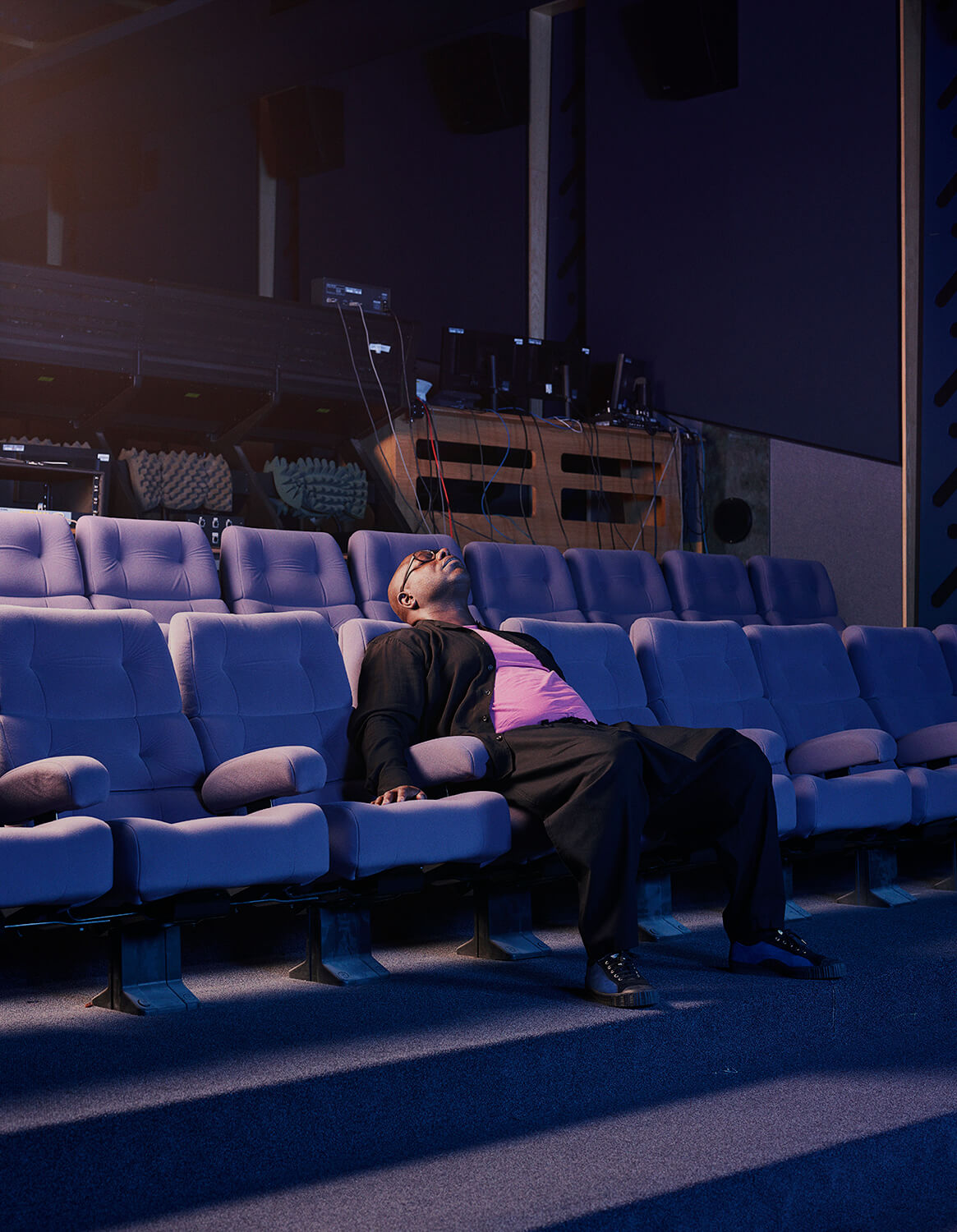
What advice can you give to students who have had their university studies cut short due to the virus? What should they be doing at this moment to put their work out there?
I think I’d probably suggest seeing if you can in some way harness the situation to make it productive and useful. So perhaps it’s the time to start a still life project using found objects. Or perhaps you could begin a series of self-portraits or daily portraits of the people you live with? It could be really refreshing and energising to limit your resources in this way and see what you can make out of them. If we look back through history some of the best artistic works have been made in response to difficult situations just like this. Use it to your advantage and see where it takes you. No distractions, and no limits on inventiveness
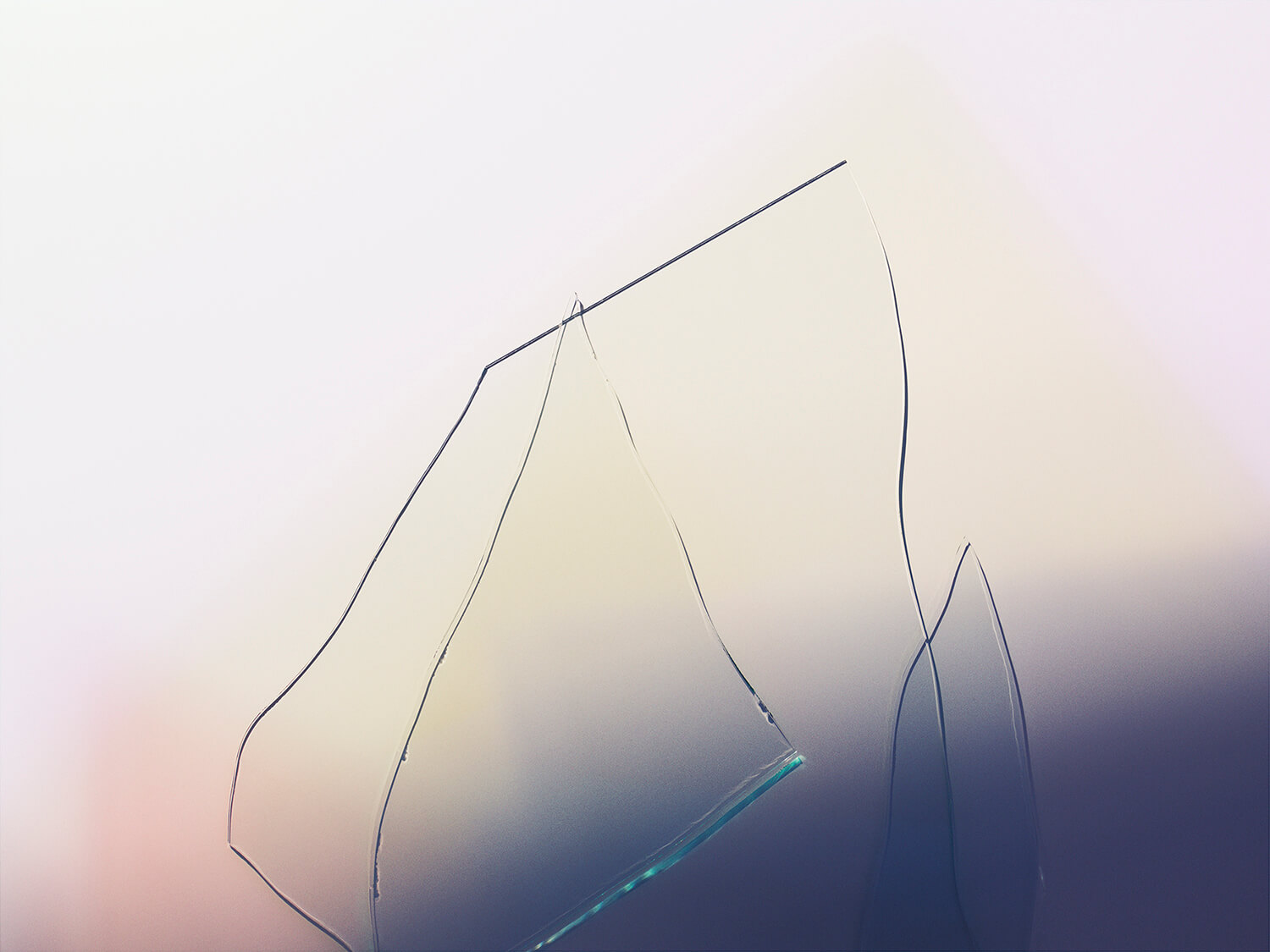
As always folks, we need your support more than ever. Please share our content to help us grow our audience and help do more for photographers and artists!
-Sam
Felicity McCabe
Felicity McCabe (b.1982) is a London based photographer working on both
still and moving image projects.
Her work centres around the themes of memory, time and the fragility of our
environment. Receiving awards and acknowledgment from the Lucie Foundation’s International Photography Awards, D&AD, The Sony World Photography Awards, The Julia Margaret Cameron Award and the Renaissance Photography Prize amongst others, her clients to date include Wallpaper*, Wired Magazine, Apple, Volvo and Save the Children.
McCabe’s work has been exhibited across Europe and the USA. She is represented internationally by Wren Agency.
Website: https://www.felicitymccabe.com/
Instagram: @felicitymccabe
Interview by Collective Owner Samuel Fradley.
If you enjoyed this piece, check out a Collective article: https://thesouthwestcollective.co.uk/natalia-poniatowska-discusses-commercial-photography-client-work-living-away-from-home/
Shop: Here
2 Comments
Add comment Cancel reply
You must be logged in to post a comment.

[…] If you enjoyed this piece, check out a Collective article Here […]
[…] If you enjoyed this piece, check out a Collective article Here […]